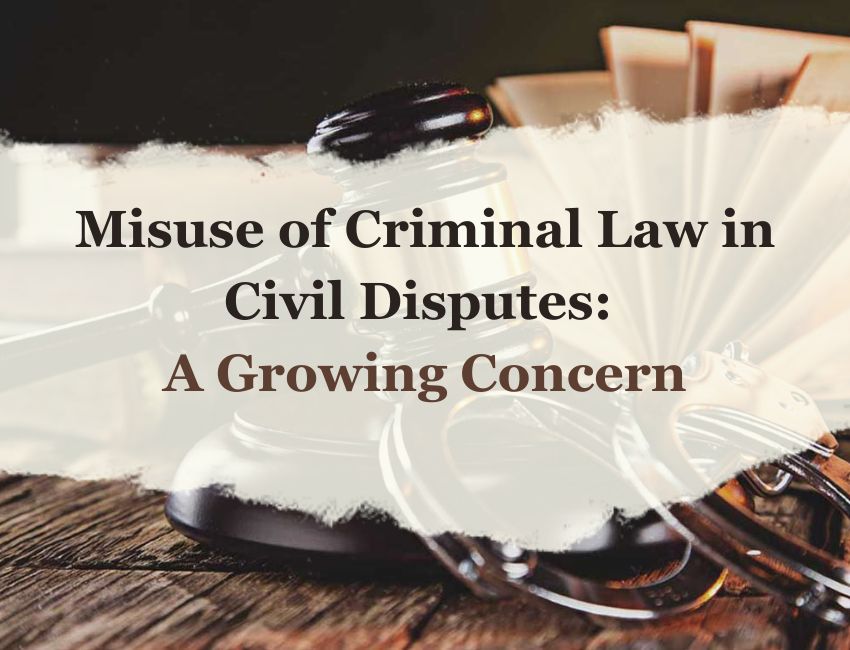@JUDGMENTTAG-ORDER
S. Nagamuthu, J.@mdashThe petitioner is the mother of one Mr. Tamil Mani. On 17.07.1998, Mr. Tamil Mani wanted to go for cinema. But, the petitioner and her husband refused permission. Therefore, at about 8.30 pm, on the same day, he left the house and went to her grand mother''s house for sleeping. Next day morning, he did not return to his house. When his whereabouts was enquired, it came to light that on previous night, Mr. Tamil Mani had not gone to the house of his grand mother at all. The petitioner enquired about his whereabouts with his friends and others. But, she had no clue at all. Five or six days thereafter, a letter was received as though it was written by Mr. Tamil Mani. In that letter, it was mentioned that Mr. Tamil Mani had married a girl out of love and along with her, he left elsewhere. In that letter, there was a request not to search for him. Therefore, the petitioner and her family members were under the impression that Mr. Tamil Mani was living elsewhere. While so, on 28.11.2003, one Mr. Balamurugan and Mr. Jayamurthy came to the petitioner''s house and told her that Mr. Tamil Mani was murdered by his neighbours by name M/s. Shivakumar, Soundararajan and Melam Sundar, four years ago, they have buried the body of the deceased. They told the petitioner that this was informed to them by Mr. Shivakumar. Immediately, the petitioner rushed to the police with a complaint on which, the present case in Crime No. 267 of 2008 was registered for offence under Sections 302, 201 r/w Section 34 I.P.C.
2. During the course of investigation, the accused were arrested and on their information, the dead body of the petitioner''s son was exhumed from the nearby burial ground, as identified by the accused. Due to lapse of time, what was recovered was only skeleton. There were as many as 22 bones recovered in the presence of the witnesses. The Doctor gave prima facie opinion that the bones were those of a male. Thereafter, the bones were recovered and kept in a sealed cover and the same was forwarded to a jurisdictional Magistrate. Then, a request was made by the police for forwarding the bones for DNA examination. Accordingly, the Forensic Lab conducted DNA examination and opined that the bones were those of a female and not of a male. Based on the same, the Investigating Officer, laid a negative report before the learned Judicial Magistrate, No. 1, Puducherry.
3. But, the petitioner objected to the same. Therefore, on considering the same, the learned Judicial Magistrate ordered for further investigation by the Superintendent of Police, Puducherry. The Superintendent of Police, thereafter, held further investigation and again, submitted a negative report to the Magistrate concerned. That was originally accepted by the learned Judicial Magistrate. Later on, the learned Judicial Magistrate has recalled the earlier order and took cognizance of the offences. Now, the learned Judicial Magistrate has issued summons to the petitioner to appear for giving evidence. At that stage, the petitioner has come up with Crl.O.P. No.31639 of 2014 seeking to quash the order dated 27.04.2011 and the consequential order dated 12.05.2014 made in P.R.C. No.10 of 2011 in Crime No. 267 of 2003 on the file of the learned Judicial Magistrate No. 1, Puducherry. Similarly, the petitioner has come up with Crl.O.P. No.31640 of 2014 seeking to transfer the case in Cr.No.267/2003 on the file of the first respondent to the third respondent/Central Bureau of Investigation to conduct de novo investigation or further investigation.
4. I have heard the learned counsel for the petitioner and the learned Public Prosecutor (Puducherry) appearing for the respondents 1 and 2 and I have also perused the records carefully.
5. The learned counsel for the petitioner would submit that in the earlier order, the learned Judicial Magistrate has issued certain directions to verify whether the bones recovered were really sent for examination for DNA analysis. This was not properly carried out by the police officials is the grievance.
6. But, the learned Public Prosecutor (Puducherry) appearing for the respondents 1 and 2 would submit that from the spot, since the bones were recovered and kept in a sealed cover in the presence of witnesses and the same were forwarded to the Court and from the Court only, they were forwarded to the Forensic Lab for DNA examination, there is no change of bones at any stage.
7. I have considered the above submissions.
8. As rightly submitted by the learned Additional Public Prosecutor (Puducherry), the bones which were recovered on the spot at the instance of the accused were kept in a cover and sealed on the spot in the presence of witnesses and the same were forwarded to the Court. The Court, on verifying the seals and signatures, received the bones. Thereafter, the Court only sent the bones to the Forensic Lab for examination for DNA analysis. Therefore, there is no chance for any change of the bones at the intervention of the police. At the same time, one cannot be assured that the place identified by the accused, from where, the bones were recovered, is the correct place. It may even be true that with a view to escape from the clutches of law, the accused might have identified a different place than the place where the body of the deceased was originally buried.
9. Since, the recovered bones have been found to be those of a woman only, the so-called confession of the accused would be rendered inadmissible under Section 27 of the Evidence Act. In other aspects, that will not affect the case of the prosecution.
10. The case of the prosecution is mainly on the extra judicial confession given by some of the accused. Whether that evidence is sufficient or not, is a matter to be decided by the trial Court. Apart from that, now, the learned Judicial Magistrate has taken rightly cognizance of the offence. At any stage during the course of trial, the trial Court will be at liberty to order for reexamination, if it is prima facie satisfied and that power is always available to the trial Court. So far as the present petitions are concerned, since the only ground raised by the petitioner that the bones would have been changed before sending the same to the Forensic Lab for DNA analysis, does not find any support from the materials available on record, I am not inclined to interfere with the order of the learned Judicial Magistrate taking cognizance. After all, since the order of the learned Judicial Magistrate taking cognizance of the offence is only in favour of the petitioner, I do not find any reason to grant the relief as sought for by the petitioner.
11. In the result, both the Criminal Original Petitions fail and accordingly, the same are dismissed.

